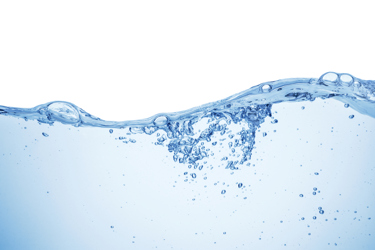Ozone Vs. UV-AOP: Choosing The Right Path For Advanced Water Treatment

Meeting today’s water treatment challenges requires advanced solutions capable of removing a broad range of contaminants, from pathogens and pharmaceuticals to taste-and-odor compounds and industrial solvents. Two proven options are ozone and ultraviolet advanced oxidation processes (UV-AOP). Ozone offers unmatched flexibility, serving as a pre-oxidant, intermediate treatment, or final disinfectant, making it effective for applications ranging from harmful algal bloom control to reducing chlorine demand in sensitive ecosystems. UV-AOP, by contrast, excels at end-of-line disinfection and chemical breakdown, often supplementing or replacing chlorine. It is also widely used in industries such as bottling, where it destroys residual ozone before the next process stage. Cost and footprint often guide selection: ozone systems require higher upfront investment and space, while UV-AOP is easier to retrofit into existing plants. In water reuse applications, the two technologies are highly complementary—ozone paired with biologically active carbon followed by UV-AOP provides a robust alternative to reverse osmosis. Ultimately, choosing the right approach depends on treatment goals, plant constraints, and long-term strategy.
Get unlimited access to:
Enter your credentials below to log in. Not yet a member of Water Online? Subscribe today.
